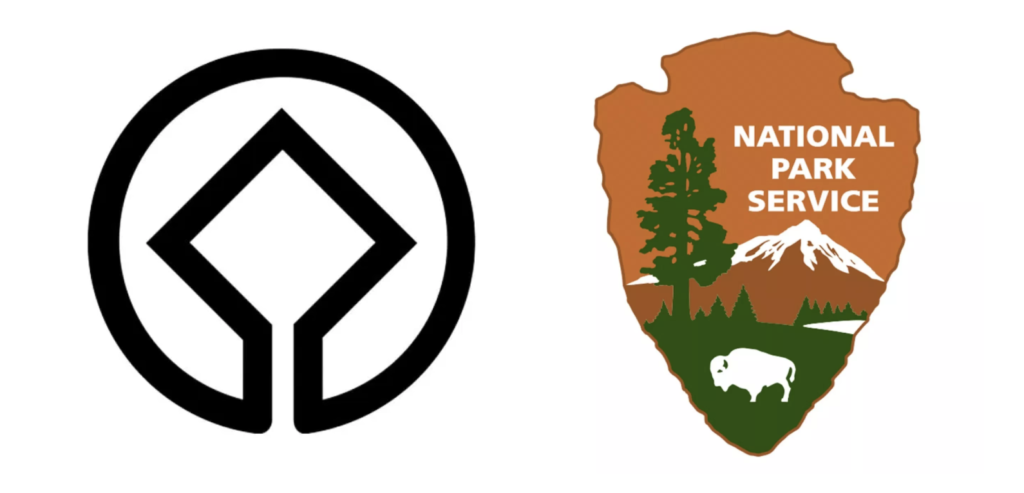Surely, the most famous landmark in Prague, and perhaps the entire country of the Czech Republic, is the Charles Bridge. This medieval stone arch bridge stretches 1,692 feet (515.8 meters) across the Vltava — the longest river in the Czech Republic. The Charles Bridge offers stunning views of both the Vltava River and the city of Prague alike. Therefore, it’s no surprise that this gorgeous bridge receives millions of visitors every year.
In addition to being easy on the eyes, the Charles Bridge features centuries of fascinating history. Learn more about Prague’s most famous landmark with these 10 interesting facts about the Charles Bridge.
Table of Contents
1. Legend says that King Charles IV laid the first stone

A huge believer in numerology, King Charles IV thought he would instill Prague’s newest bridge with some much needed strength. Czech legend says he commissioned for construction to begin at 5:31 AM on July 9th, 1357. This date and time are significant because they form a palindrome (1357 9/7 5:31). In other words, the numbers are identical both backward or forward. Moreover, word has it that the Holy Roman Emperor laid the very first stone of the bridge himself.
TRAVEL TIP: For those wishing to personally see Charles IV, his statue is located in Křižovnické Square — just as you walk through the Old Town Bridge Tower.
2. The Charles Bridge is modeled after the Stone Bridge in Regensburg, Germany

Regensburg’s Stone Bridge served as an architectural model for the bridge that the Charles Bridge replaced in 1357, the Judith Bridge. For example, both bridges are constructed with 16 arches shielded by ice guards. Similarly, they are of the medieval style. In addition to the Charles Bridge, the Regensburg Stone Bridge was also a model for several other bridges in Europe. Examples include the Elbe (Augustus) Bridge in Dresden, the London Bridge, and the Pont Saint-Bénézet in southern France.
3. Charles Bridge, Prague Bridge, or Stone Bridge?

You may be under the assumption that this famous bridge has always been called the “Charles Bridge”. However, you would be wrong.
Originally, locals and travelers would refer to it as the “Stone Bridge” as it’s main component was (you guessed it) stone. Eventually, “Prague Bridge” would gain in popularity. This made sense, as the bridge was famously in Prague and was the only bridge crossing the Vltava River for the longest time. Subsequently, the current name would take hold in 1870 and was made official shortly thereafter.
4. Only bridge across the Vltava for over 400 years

From 1402 (the year the bridge was completed) until 1841, the Charles Bridge was the only bridge spanning the Vltava River. Not only did it help to connect the current Old Town of Prague with Prague Castle, but it also bridged the gap between Eastern and Western Europe. Therefore, Prague became an important trade route. Still, this meant that a boat or ferry were your only option if traveling to the bridge was out of the question.
5. The Charles Bridge is not the oldest bridge in Czechia

Due to its fame and popularity, many people think that the Charles Bridge is the oldest bridge in the Czech Republic. However, the Písek Stone Bridge actually holds this title, which was probably built during the 3rd quarter of the 13th century. On the other hand, the Charles Bridge is the second oldest bridge in the country (and the oldest that crosses the Vltava).
6. Hell or High Water

Throughout its nearly 700-year history, the Charles Bridge has certainly seen its fair share of trouble — both natural and humanly fabricated. Of the many wars and conflicts, one of the most interesting took occurred during the early stages of the Thirty Years’ War. On June 21, 1621, 27 resistance leaders of the anti-Hapsburg revolt were publicly executed. Therefore, to discourage future uprisings, the severed heads of all 27 men were displayed from the Old Town Bridge Tower.
TRAVEL TIP: Visitors to Prague can actually see a memorial to the 27 revolt leaders that lost their lives (and their heads) at the Charles Bridge. If you walk around the Old Town Square City Hall, there are 27 white crosses on the cobblestone street.
Perhaps the most noteworthy of the many natural disasters was in September of 1890. Prague was dealt a catastrophic flood, which severely damaged the Charles Bridge. Thousands of logs, rafts and other debris floated downstream, gradually creating a huge barrier against the bridge. The enormous pressure from the debris caused three arches to be torn down. In addition, two pillars became eroded by the water and collapsed. Likewise, many of the other pillars were greatly damaged.
7. Good Luck Nepomuk

Lined across either side of the Charles Bridge is an avenue of statues and statuaries, numbering 30 in total. The vast majority of these are constructed in the Baroque style. Furthermore, they were erected between 1683 and 1714. The statues portray saints and patron saints that are venerated throughout the nation’s history. Perhaps the most noteworthy is the statue of John of Nepomuk, which is first and oldest installed on the bridge.
St. John of Nepomuk was thrown from the Charles Bridge and drowned in the waters of the Vltava in 1393. After his death, accounts say that he was the confessor of the queen of Bohemia and refused to disclose her secrets — making him a national martyr. Legend has it that five stars appeared over the Vltava on the night of his murder. For this reason, statues and paintings portray the Czech martyr with a halo of five stars.

TRAVEL TIP: When you visit Prague, locals consider it tradition to touch the golden parts of the metal decorations near his statue. If you do so, Saint John of Nepomuk will bless you with good fortune and will guarantee your return to Prague.
8. The mysterious 31st statue

As has been noted, there are 30 statues and statuaries on the Charles Bridge. However, off of the main avenue (beside the statue of Saints Vincent and Procopius) there is a column supporting a 31st statue. This sculpture is of mythical Bohemian knight, Bruncvík, battling a seven-headed dragon. In addition, the statue Bruncvík wields a golden sword.
Moreover, this statue was erected in 1502 with the intention to serve as a reminder of the city’s right to charge tolls and duty for using the bridge. In addition, Bruncvík wields a golden sword.
9. Builders may (or may not) have added raw eggs to the mortar

A centuries-old rumor has it that egg yolk was used to bind and strengthen the mortar holding the stones together. Supposedly, villages from across the country “donated” eggs for the construction of the new bridge. As a result, people would travel for many miles to meet this request. While not truly a fact, the legend has certainly garnered much attention over the centuries. Likewise, it’s been the subject of much scientific debate from each side.
10. Three towers protect Charles Bridge

As you can see, the history of the Charles Bridge is far from uncomplicated. Similarly, the design of the bridge itself is not so simple. Three towers stand strategically across the bridge. In medieval times, soldiers would use these as defense posts to protect the city from enemy forces.

TRAVEL TIP: While you’re here, climb the 138 steps to the top of the Old Town Bridge Tower (on the eastern side of the Charles Bridge). This mini-workout will reward visitors with one of the most stunning and gorgeous views in all of Prague.
11. Not just Czech heritage — World Heritage

“The Historic Centre of Prague” is one of the first three sites in the Czech Republic to receive recognition on the UNESCO World Heritage List in 1992. Notably, components of this World Heritage Site include Gothic monuments such as Prague Castle, St. Vitus Cathedral and the Charles Bridge. In addition, the Old Town, the Lesser Town and the New Town are all included as well.

TRAVEL TIP: If you’re at all interested in hunting for the plaques gifted to nations around the world by UNESCO for their World Heritage listings, the plaque for the “Historic Centre of Prague” is located next to the entrance to Old Town Square City Hall. (This is directly next to the famous Astronomical Clock.)
Click here to see the complete list of UNESCO World Heritage Sites I’ve visited!
Have you visited Prague and crossed the Charles Bridge? If so, tell me about your experience in the comments below!
If not, would you visit Prague? Leave a comment!



